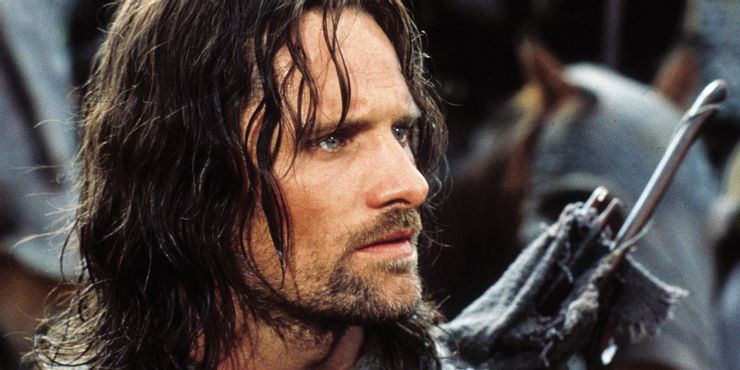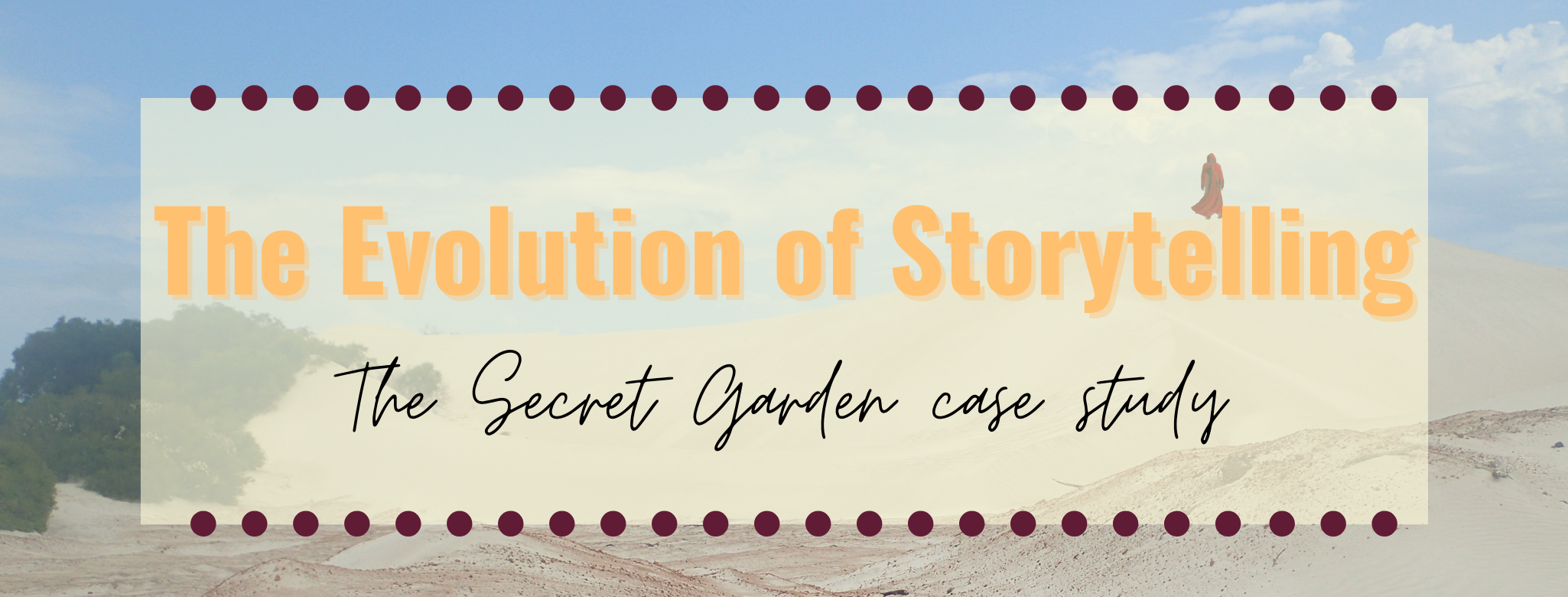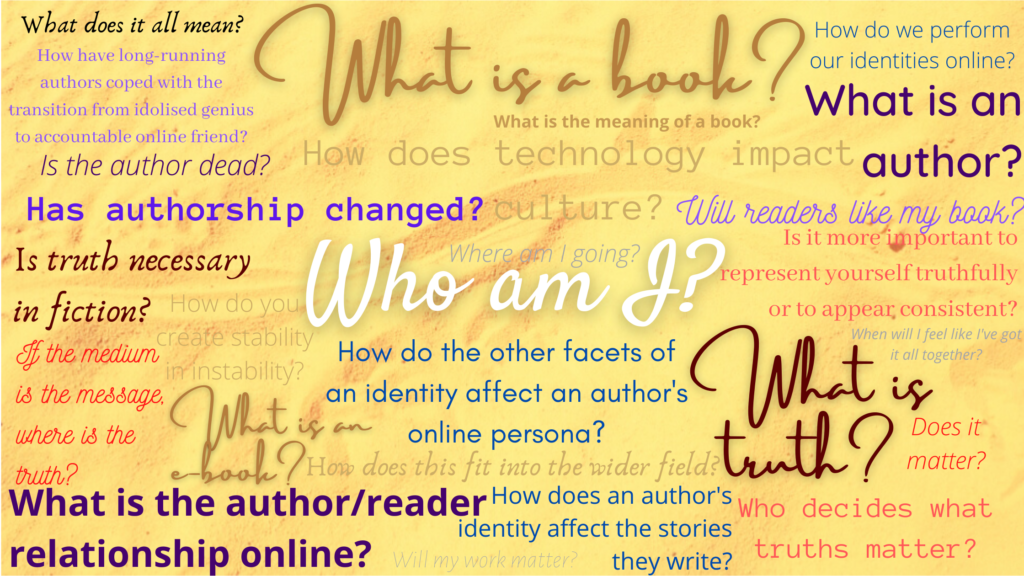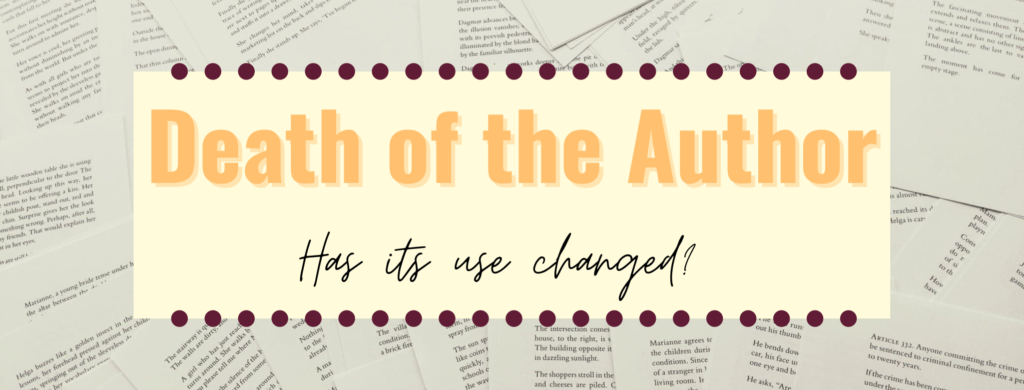I’ve been trying to read more classics lately. It’s part of my on-going writerly self-improvement journey, which includes reading more diverse fantasy, reading more authors of colour, and reading more classics. The first two are a complete joy for me, diving into new worlds and new voices that take me on adventures beyond the limited worlds I lived in while I was younger. The classics, meanwhile… I have to admit, I’m not always as excited to read them. The writing can be a chore and the story so replicated in different forms that it feels cliché. But reading classics is definitely giving me new insight into the evolution of storytelling.
I am, by nature, quite lazy. I’d love to say that I’m not but, given the option between a quick read that I know I’m going to enjoy and a hard read that I need to trudge through, I’m going to choose the easy one. And, despite certain lecturers in my undergrad days perhaps feeling otherwise, I don’t see any shame in that. As I think I’ve mentioned before, I’ve never made it all the way through Lord of the Rings. I tried the Fellowship and ended up skimming large chunks just to reach the end. Tolkien is just too long-winded and meandering for my taste and I’d rather watch the film adaptation.

But I started trying to read classics more two years ago. I’d started considering it a few years prior, when a lecturer I admired considerably more than the ones mentioned in the last paragraph basically said that she had been the same – reading only the books she was interested in – until forced to do otherwise. She said that she was a better writer for it as she had a greater understanding of what she was building on. After a few years of letting the thought marinade, I’m finally actually making progress. And, as you may have guessed by the fact it’s on this blog, I’m seeing things that tie into my research.
The Secret Garden
The book that acts as the trigger point for this post is The Secret Garden by Frances Hodgson Burnett. In case you’ve never heard of it, The Secret Garden was published as a book in 1911 but, like so many classic books before it, this came after it was serialised in a magazine. It follows a young girl, Mary Lennox – who starts the book as a neglected, ugly, and ill-tempered child – as she moves to England from India following the death of her parents. Taken in by her distant uncle, she is slowly rejuvenated by the air of the Yorkshire moors and, most importantly, working secretly in a garden that had been locked away ten years prior. With the help of her friend, Dicken (an animal charmer), her sickly cousin Colin is also rejuvenated by the garden and his relationship with his father restored.
I thought I knew The Secret Garden pretty well. It’s one of those classics that seems to have just been absorbed into culture, parodied by children’s cartoons and translated into film adaptations. And, for so much of it, I was right. But, as we got into the last few chapters of the story, I started waiting for the foot to drop. The story was gently plodding along, with the children growing better each day and their secret plot – to hide Colin’s growing health until he can show his absent father – became more of a game. I could only assume that something was going to happen soon. We’d reached the point of Colin lecturing on magic (basically God) for a chapter or two. Characters lecturing one another is boring. Something had to happen, surely? Some twist to disrupt their growth momentarily, to break their progress so that it could be strengthened when they returned. But that never happened. The story simply grew into a gentle reuniting of boy and father, with all involved rejuvenated by the garden. And that’s when I realised that maybe I like film too much.
Ong and the three-act structure
So anyone who knows about Ong or the three-act structure is probably wondering why I’ve lumped them together and what this has to do with The Secret Garden but stay with me here. I wrote about Ong briefly a few weeks ago, discussing memory in response to a conversation about primarily oral cultures versus literate ones. That’s Ong’s whole thing – he looks at the differences between primarily oral versus literate cultures – and also suggested, way back in the early 80s, that we were entering into a secondary orality. Aligning with other texts I’ve read, Ong noted the differences between primarily oral storytelling and stories written to be texts. He then hinted towards the influence of other media, such as film and radio, as creating a kind of secondary orality and changing the way we write. With my research, I’ve been seeing the strength in those thoughts; a lot of my research has looked at how social media influences the author/reader relationship, after all. But, while I kind of got how he could link the influence of TV and radio to this secondary orality, I figured that the internet was probably more impactful. My focus wasn’t on film’s influence on storytelling. And besides, this surely has more to do with the author performance side of my project, right?
But The Secret Garden blew that theory out of the water and all because of the three-act structure. You see, that’s why I had been expecting something to happen in the latter half of the book. The children couldn’t just keep progressing, surely. There had to be a final obstacle to overcome! Perhaps they could be discovered by the housekeeper and have to find a way to intercept her letter to Colin’s father? Or perhaps Mary and Dicken would grow sick of Colin’s superiority complex and lecturing and there would be a fight? Or even the discovery that Colin was not, in fact, his father’s son and instead the product of an affair with Weatherstaff? None of those things happened though. The children continued to grow stronger, the garden continued to get more beautiful, and Colin was happily reunited with his father with little incident. It took me a bit to figure out why I was so thrown by this, but it’s all film’s fault.
You see, most film’s conform to the three-act structure. It begins by establishing the norm and then disrupts it with an inciting incident. I saw this as Mary’s life as a neglected brat in India and then being taken to England. In act two, the protagonist gains allies and faces challenges, often with a switch at the midpoint from the character bring pursued by the antagonist to them pursuing. You can see this, in many ways, in The Secret Garden as Mary becomes friends with Colin and Dicken, with the focus switching from her being healed by the garden to her helping the garden heal Colin (and thus the owner of the garden, Colin’s father). So far, so good, right? But then we hit what would have been act three in film, where there should be some sort of climax to overcome the antagonist. Given the book’s theme of rejuvenation and aim to reunite Colin with his father, the end of the second act should have had some sort of second act low – a setback disrupting their progress – so that the climax could be them fighting back against it. Colin getting sick or something happening to the garden seemed logical to me. But this didn’t happen because the book didn’t conform to the three-act structure. And why should it?
The evolution of storytelling
Obviously I know that the way we tell stories has changed over time. Characters no longer have to be reduced to their function to stay memorable and we have so many different ways to tell them. My research focuses a lot on how authorship – and storytelling – has evolved, and yet there was something about reading The Secret Garden that really solidified this in my mind.
There’s a little over a century between the publication of The Secret Garden and now, which is obviously noticeable in the setting and in some of the language used. But the way the story is told is different too. The book would have been written in the very early days of film, long before Field wrote about the three-act structure and this became the norm in writing. I can’t think of a book I’ve loved in recent years that doesn’t at least nod towards a three-act structure. Outside of more “literary” texts (which I don’t often gravitate towards), the gradual growth structure used in The Secret Garden isn’t normal to me. Thinking of the other classics I have read in the past year or so, however, suggests that this may be due to the influence of film.
While the three-act structure existed in different forms prior to film, the prevalence of the model in books released in the past few decades suggests that there is a correlation there. I would have a citation that agrees with this if I could remember where I put it but, as an example, I once stumbled upon an article that noted the fact that JKR’s writing is heavily shaped by film. The way she directs her reader’s attention suggests film shots and, of course, we have the classic Hero’s Journey three-act structure in there. She’s not alone in this. Hunger Games, I would argue, translated so well into film because it fits so well with filmic expectations. Before, we might have seen books as source material for film – a one-way translation – but it’s not that simple anymore. Storytelling has evolved and, even when writing prose, film’s influence can be felt. Apparently it took me getting annoyed at The Secret Garden for not bringing my angst for me to realise just how much!
The evolution of storytelling and Shifting Sands
The thing about this project is that I keep on getting these sudden realisations that have been right in front of my face the whole time. You see, I consciously made use of the three-act structure while writing Shifting Sands, but I totally thought it was just me clinging onto screenwriter-y tendencies. And, you know, rule of three – each character was getting three chapters, so that meant they each roughly had three “acts” to go through. For some, it didn’t conform perfectly to the three act structure, but that was okay because having to go through that with every character would have been repetitive, but it was a vague template I followed. That decision seemed sensible but otherwise unimportant.
I don’t think this realisation will be talked about in my dissertation – when we’re thinking about the role Shifting Sands plays in the evolution of storytelling, it’s definitely going to be more strongly linked to the evolution of authorship and the influence of social media – but it’s something I found interesting. It’s also something I’m going to have to reflect on as I continue to read more classics. Is the reason I’ve previously avoided them not because I find them boring and overdone, but rather because I miss the comfort of the three-act structure? I may have to re-read Tolkien with this new lens on. Wish me luck!




Comments
Comments are closed.